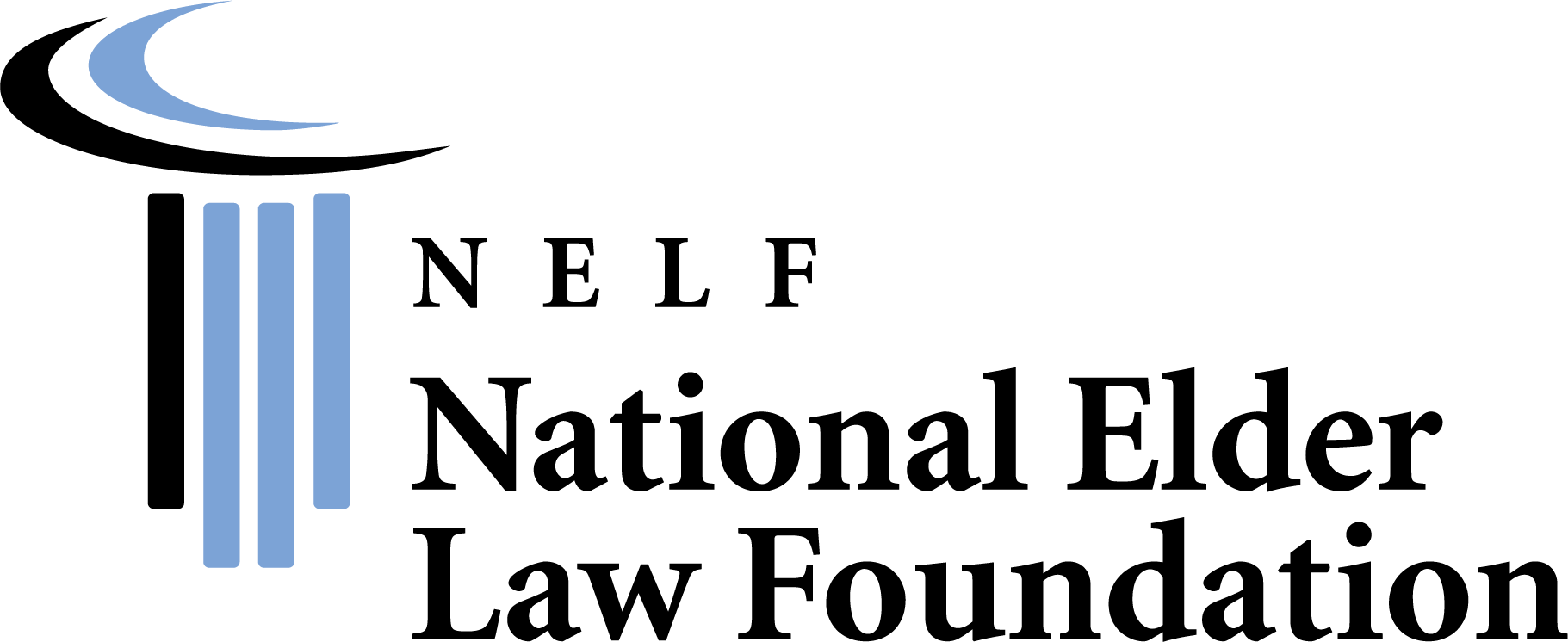POSTED IN: General Info
TAGS: Brain, Dementia, Health & Nutrition, Sleep
Share this
Dem
Sports athletes may be at increased risk for Lewy Body Disease (LBD) which can then cause Parkinson’s disease, a brain disorder that leads to problems with movement and thinking.
A new study by VA-BU-CLF Brain Bank just published in the Journal of Neuropathology and Experimental Neurology, suggests that sports athletes may be at increased risk for Lewy Body Disease (LBD). This is a newfound relationship between contact sports and LBD; it appears to be independent of chronic traumatic encephalopathy (CTE) pathology which was first identified in boxers in the 1920s, in which motor symptoms included tremors, slowness and difficulty walking; boxers were described as “punch drunk.” The new study suggests that LBD is the cause of those motor symptoms. LBD can lead to Parkinson’s disease and Lewy Body Dementia, is associated with problems with movement, cognition, depression, sleep, and visual hallucinations.
For those playing contact sports more than eight years, the risk of LBD is six times higher than those playing less than eight years. Author of the study, Thor Stein, MD, PhD, neuropathologist at VA Boston Healthcare System and assistant professor of pathology and laboratory medicine at Boston University School of Medicine, explained: “We found the number of years an individual was exposed to contact sports, including football, ice hockey, and boxing, was associated with the development of neocortical LBD, and LBD, in turn, was associated with parkinsonism and dementia.” Total years of contact sports play was linked to an increased risk of having LBD in the cortex of the brain and athletes with both CTE and LBD were significantly more likely to have dementia and the symptoms of Parkinson’s disease than those with CTE pathology alone. In prior studies, the number of years of tackle football participation was found to predict the severity of tau pathology in the dorsolateral frontal cortex and as well as CTE stage. Additionally, individuals with a history of repetitive head impacts and neuropathological diagnosis of CTE accumulate beta-amyloid (Ab) at a younger age and at an accelerated rate compared to controls. The research builds upon previous research from other groups showing an association between concussion/traumatic brain injury and Parkinson’s disease. The new study advances our understanding of the consequences of repetitive head impacts in contact sports on the development of clinical symptoms and the pathology that underlies them.
In another sport, a research team at Albert Einstein College of Medicine and Montefiore Medical Center found more areas of brain injury in women soccer players than in men of similar age and in the number of “heading” events. The team, led by Dr. Michael Lipton, professor of radiology, looked at whether or not heading had similar effects on men and women’s brains.
Women had five times more tissue volume affected than men. “It kind of floored me,” Lipton admitted. Location of pathology can vary; if we see fewer or more areas [between groups], that could simply reflect the variability of the nature of the injury. But a volume effect tells us potentially about severity. The gender difference was significant when it came to concussion frequency, too — women reported (on average) one concussion in their lifetime. Men reported none. It’s been “sort of known and suspected that women tend to have worse outcomes following concussions and other types of head injury,” said Dr. Lipton, “but now we’re really seeing something that is detectable at the level of brain tissue. It’s not an artifact of reporting or types of symptom measures that are usually the basis of assessing presence of injury.”
These structural brain consequences in women who played soccer were after a one year report of soccer headings; they would have to check again in future years to see how long these changes last. For additional information, go to: info@concussionfoundation.org and www.abcnews.go.com
Share this
Subscribe to our blog and monthly newsletter.
Subscribe to blog and newsletter
Share
Featured Resources
Sorry, we couldn't find any posts. Please try a different search.











